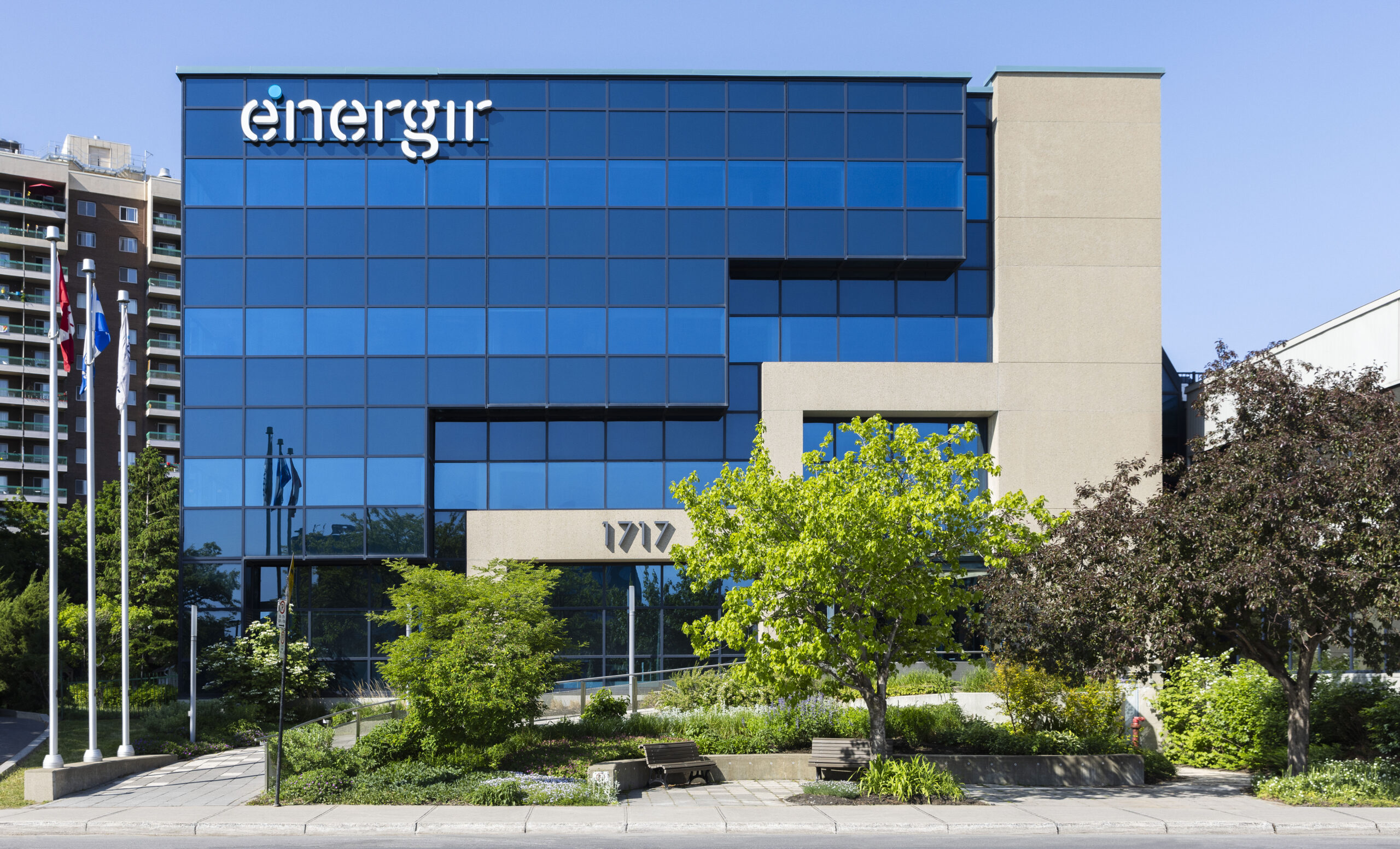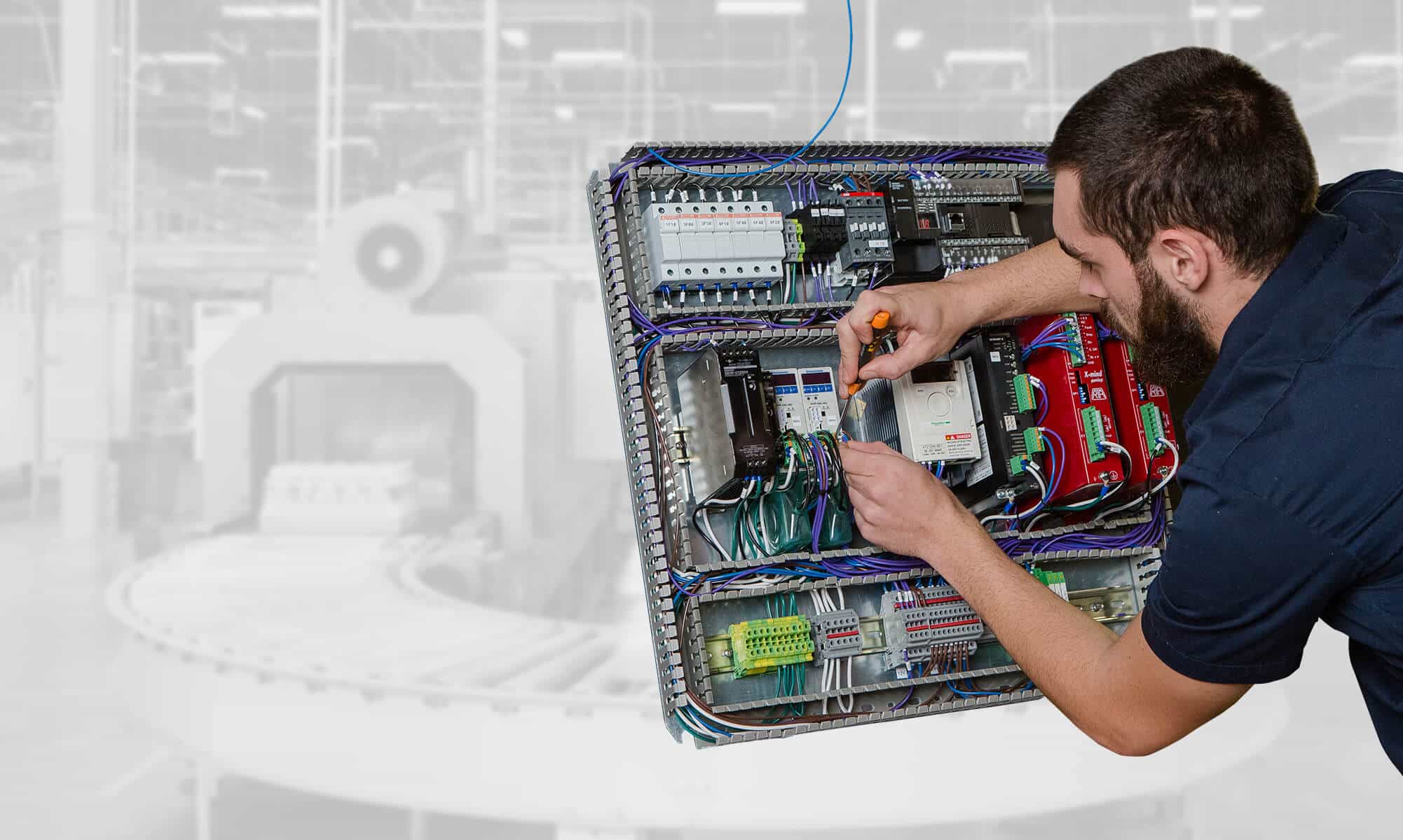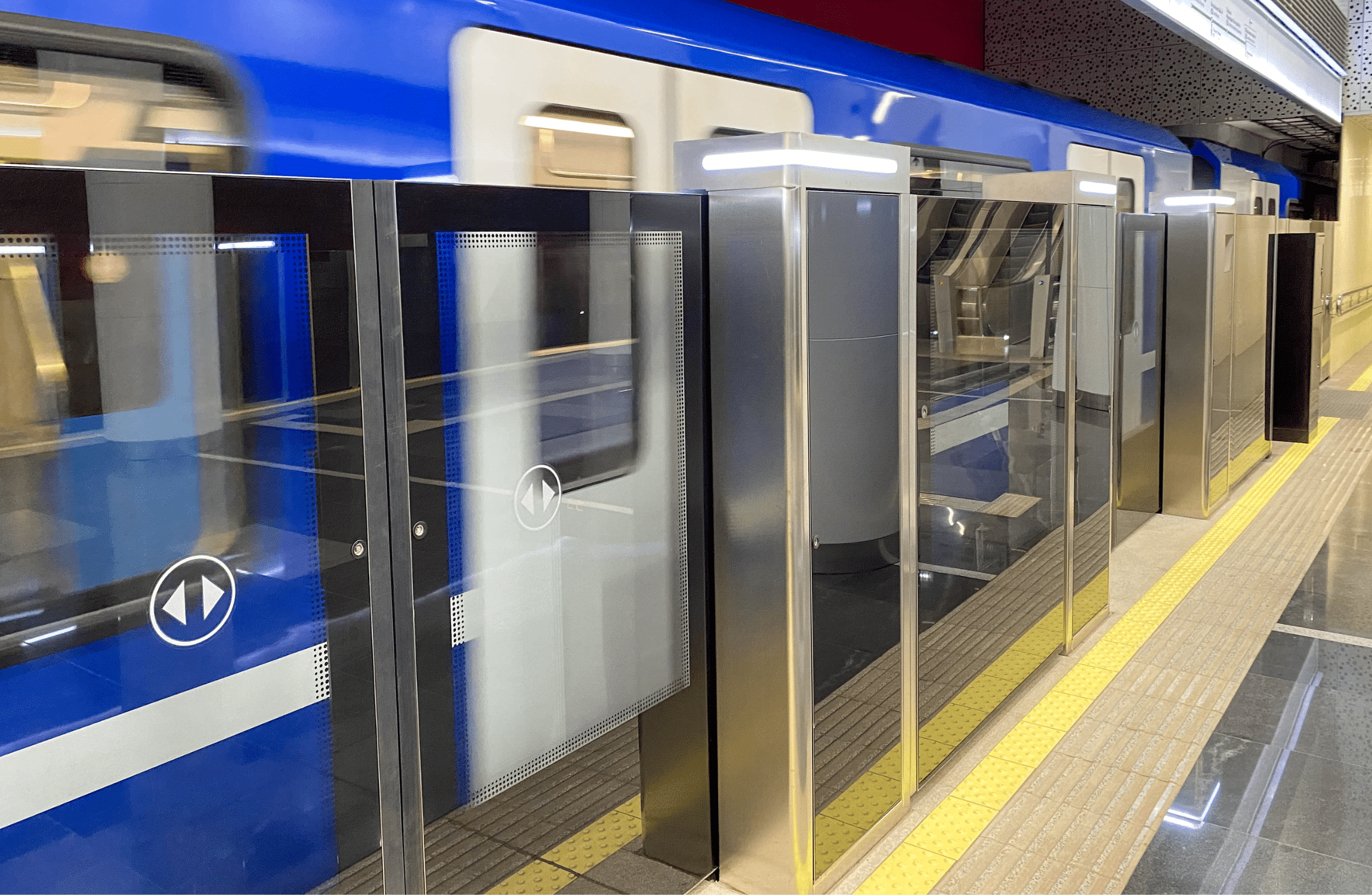Case Study
Built to Scale: How Greenlane Reinvented Its Operations for Sustainable Expansion

An Energy Transition Leader at an Inflection Point
As a pioneer and leading specialist in biogas desulfurization and upgrading, Greenlane Renewables has been actively contributing to the decarbonization of our planet for over 35 years with more than 355 systems supplied into 28 countries. Their systems transform biogas generated from organic waste into high-value low-carbon grid-ready renewable natural gas (“RNG”) from a wide range of sources such as landfills, sugar mills, dairy farms, wastewater, and food waste. But as climate urgency accelerated and global demand surged, Greenlane faced a familiar challenge for high-growth innovators:
How do you scale complex engineering operations without compromising quality, innovation, or sustainability?
Greenlane was expanding fast, deploying biogas upgrading systems internationally. But behind the scenes, the company’s legacy Engineer-to-Order (ETO) model was slowing progress.

– Duran Cheung, Director of Engineering Services, Greenlane Renewables
The Growing Pains of a Custom Engineering Model
Greenlane’s engineering team had long been known for its adaptability and custom project delivery. However, the Engineer-to-Order (ETO) model led to duplicated efforts, documentation that was challenging to track, and siloed systems that made it difficult to scale.
“At one point, we had 50+ copies of the same document floating around. It wasn’t just inefficient—it made it harder to innovate. We needed a better way to manage product data and eliminate unnecessary work.”
— Duran Cheung
Key Challenges holding them Back
Behind Greenlane’s reputation for innovation was a set of growing operational challenges. Teams were working from disconnected systems, and critical information was often slow to communicate and required manual operations. Collaboration between engineering and procurement lacked structure, and reusing past work often meant starting from scratch.
There was no single place to track a part’s full lifecycle—and as the company scaled, so did the complexity of its compliance and reporting needs. Better traceability was required. The opportunities for improvement were becoming impossible to ignore.
The Shift: From Custom Chaos to Configured Clarity
Instead of hiring more engineers, Greenlane made a strategic decision: transform their business model from ETO to Configure-to-Order (CTO). This shift would require new systems, tighter workflows, and a single digital thread from design to delivery.
They partnered with SolidCAD to lead the transformation.
“We weren’t just adding software. We were rethinking how we work as an organization. SolidCAD brought the knowledge and their unique support to help us do it right.”
— Duran Cheung
The Solution: Fusion Manage + SolidCAD Expertise
SolidCAD helped Greenlane implement Autodesk Fusion Manage, configuring the cloud-based PLM platform to meet the company’s unique needs as a cleantech solutions provider. Workspaces were created for Engineering, Supplier Management, and Quality, standardizing everything from part creation to BOM lifecycles.
To amplify impact, SolidCAD also integrated Fusion Manage with NetSuite ERP using the Nexus connector, ensuring seamless and instantaneous data handoffs from engineering to procurement.
“Now, when an item is approved in PLM, it flows into ERP automatically—with part numbers, supplier, and documentation data included. That kind of automation didn’t exist before.”
— Duran Cheung
The Results Were Tangible
With PLM in place and Fusion Manage fully integrated, Greenlane saw rapid improvements across every department:
✅ ~80% faster repurchasing of existing parts
✅ One document item replaced up to 50+ versions
✅ Minutes saved per search, multiplied across teams, saving hours across the entire organization
✅ Significant error reduction from version mismanagement
✅ Faster part release from PLM to ERP
✅ Empowered engineers to focus on innovation—not admin
“We’ve gone from spending 10+ minutes searching for a datasheet to seconds. That adds up—across projects, across departments. It’s time we now spend on design and R&D.”
— Duran Cheung
More importantly, Greenlane is now positioned to scale operations without needing a proportional increase in headcount. As they deploy their new landfill biogas systems internationally, PLM ensures those systems are repeatable, traceable, and ready for global expansion.
A Platform for Future Innovation
Greenlane’s Cascade LF, its next-generation landfill gas upgrading system product line, is designed to solve one of the industry’s toughest problems, which is to provide higher methane recovery performance while minimizing capital expenditure when oxygen and nitrogen need to be removed. The goal: deploy numerous systems per year, scaling clean energy access while reducing waste and GHG emissions.
“Our next generation landfill gas upgrading technology is our future—and PLM is what will allow us to scale it. Without it, we’d still be stuck chasing document versions and doing admin work instead of engineering.”
— Duran Cheung
Greenlane continues to invest in systems that not only meet technical needs—but align with their mission of building a decarbonized energy future.
Lessons for Other Innovators
Greenlane’s story is a blueprint for cleantech manufacturers and engineering-driven organizations aiming to grow without chaos.
“If I had to give advice to others, it’s this: use out-of-the-box features first, invest in user testing, and secure leadership buy-in early. Transformation isn’t about tools—it’s about change management.”
— Duran Cheung
Looking Ahead: Building the Digital Backbone for Clean Energy
Greenlane isn’t done. With a clear roadmap to expand Fusion Manage’s capabilities and continue automating lifecycle workflows, the company is doubling down on digital transformation as a core growth strategy.
“In five years, we want to be recognized as the company who led the way globally in coming down the cost curve and climbing up the performance curve in biogas desulfurization and landfill gas upgrading technology. With SolidCAD’s support and PLM as our digital backbone—we’re on the path to get there.”
— Duran Cheung
As the world races toward greener energy, Greenlane is proving that scaling sustainability starts with smart systems, strong partnerships, and a commitment to working smarter—not just harder.
Want to Learn More?
Greenlane’s ability to scale didn’t just come from ambition—it came from building the right foundation with SolidCAD. Together, they redefined how engineering, quality, and procurement teams work, replacing manual rework with repeatable, structured processes.
Explore the full solution behind the transformation:
👉 Read how SolidCAD helped Greenlane go from rework to repeatability →
Testimonial:
“SolidCAD played a crucial role in successfully implementing Autodesk Fusion Manage PLM at Greenlane. Their team configured the cloud-based software to meet our specific needs and the unique demands of the biogas upgrading industry. They set up dedicated workspaces for Engineering, Quality, and Supplier Management, ensuring a streamlined workflow across teams. Additionally, their expertise in integrating Fusion Manage with our NetSuite ERP system—using the Nexus connector—enabled automated data flow and improved operational efficiency. We truly appreciate their dedication and hard work in making this implementation a success.”
— Duran Cheung




